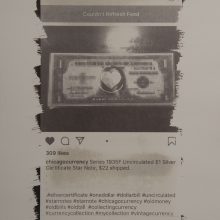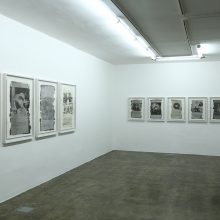Pencil of Lie
Vahid Dashtyari
Vahid Dashtyari (b. 1981, Tabriz, Iran) received his MA in Photography from Tehran University of Arts in 2006. He teaches Lighting and Alternative Procedures. Since 2008, Dashtyari has participated in several group exhibitions.
————————————————————————————————————————————————————————————————————————————————————————————————————————————————————————————————————-
Since the beginning of photography, the reproducibility of photographs, whether by the subject matter registered in the camera or by printing the negative, posed an unprecedented challenge to the visual arts. With the advent of the Internet and the high rate of reproducibility in the digital age, photography itself is now subject to change through what it had altered other art forms. Now given these conditions, what is the status of the halo of an artwork, which was already on the wane with a far less rate of reproducibility? With these photographs, I have tried to produce a unique and authentic image of what had destroyed that uniqueness and authenticity in the first place. To that end, I deployed the earliest negative-positive process that William Henry Fox Talbot invented: a manual process in which light-sensitive chemicals are used to create a positive of a negative digital image from the virtual world, in order to produce a deceptive halo for something that can be reproduced and seen endlessly.





























